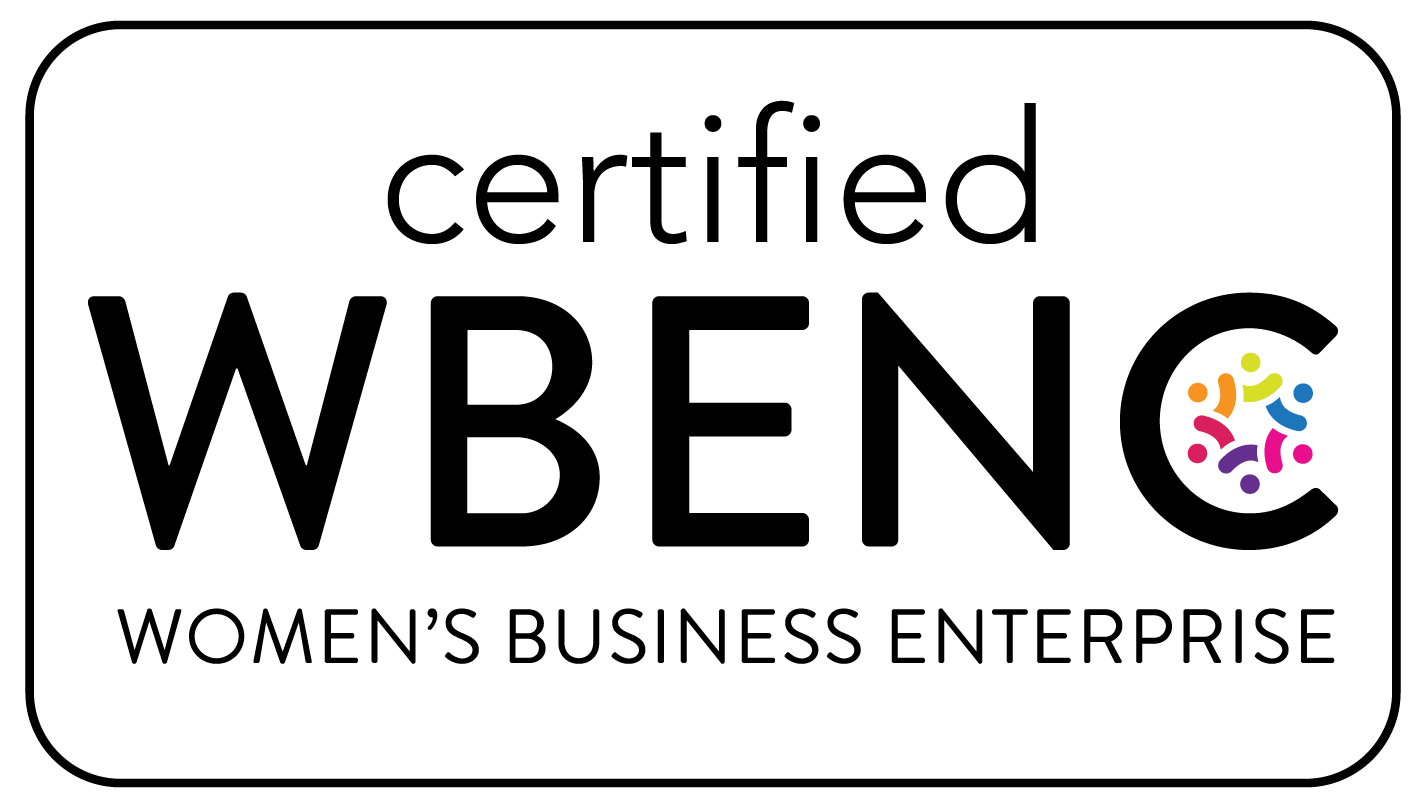What We’re Watching: How a Brand’s Short-term Failures Can Equal Long-term Success
This article in Entrepreneur dives into how you can discover innovation success through a process of trial and error. In other words: don’t be afraid to fail. Failing fast and failing cheap can speed up the innovation process by providing much-needed lessons for improvement on future innovations. Try utilizing quick and on-trend research methods using Artificial Intelligence to gather “real life” consumer learning in a way that’s fast, easy and forward thinking.
Always be sure to develop an integrated sales and marketing plan to be sure that your brand message is consistent both online and off. The goal? Make sure that 1+1=3.
